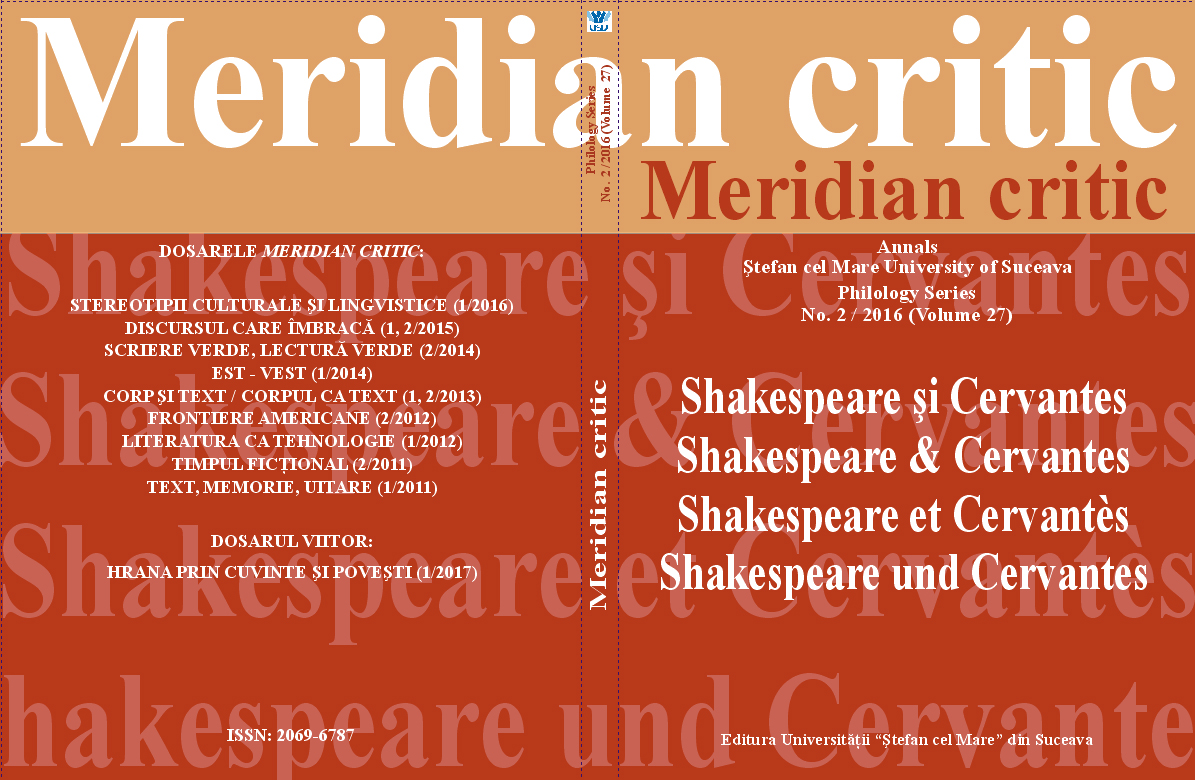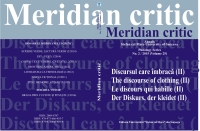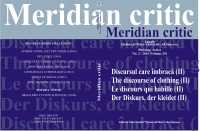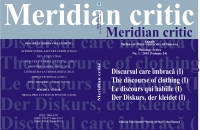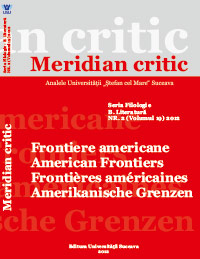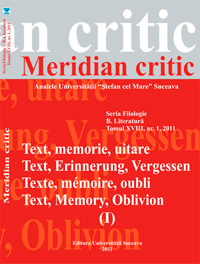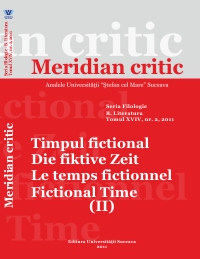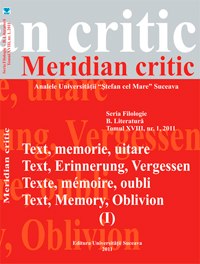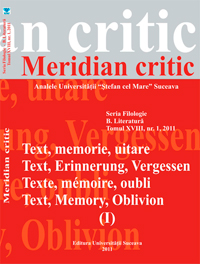Call for Papers
Cultural Transfer. Borders and Mediators
In the past decades, contemporary approaches to culture have focused on cultural transfer, a concept meant “to replace more traditional and unprecise concepts like ‘cultural relations’, ‘cultural exchanges’, ‘literary influences’ and ‘cultural circulations’”(Jørgensen and Lüsebrink, 2021). The methodological and theoretical framework that accompany the concept of cultural transfer, which later came to be known as The Cultural Transfer Approach (henceforth CTA), was initiated by historians Michel Espagne and Michael Werner, in the 1980s, with a view to defining the historical relationships between Germany and France. They wanted to bring together Translation Studies, on the one hand, and the theory of linguistic contacts, the theory of intertextuality and the reception theories developed by Hans-Robert Jauß and Wolfgang Iser in the 70s and 80s, on the other hand.
This interdisciplinary merger had already been anticipated by the notion of cultural translation, apparently coined by a group of anthropologists to “describe what happens in cultural encounters when each side tries to make sense of the actions of the other” (Burke and Hsia, 2007). Petra Broomans argues that the young discipline of CTA came into being on the background of significant changes or “turns”, such as the crisis in literary historiography and the “cultural” turn in translation studies at the end of the twentieth century” (Broomans, 2021). The guiding hypothesis of CTA is that any cultural object subjected to transfer from one cultural space to another, or from one cultural area to another, undergoes a process of transformation, re-interpretation, or re-reading (Jørgensen and Lüsebrink, 2021). This new approach to cultural transfer is not, however, a theory of intercultural relations but rather an attempt to conceptualise such forms of intercultural processes as the circulation and reception of texts or cultural practices and forms of knowledge between different cultural areas.
By cultural area Sørgensen and Lüsebrink understand “a geographical space having in common one or several languages of communication, a specific communication system and specific values and rituals” (ibidem), only this is not homogeneous, but rather a mélange of different cultural elements. The concept is identical with that of cultural zone, which Michele Espagne preferred to those of country or nation, due to the suggestion of uniformity and delimitation they imply. Borders, just as the spaces between them, are under constant change, becoming extremely mobile, even fluid, in such a way that the attempt to “imprison” a cultural phenomenon in an enclosed geographical space seems nothing but a display of ethnocentric subjectivity. For instance, in a volume researching the presence of The Legend of the Walled-up Wife throughout the entire Balkan Peninsula, the American folklorist Alan Dundes (1996) pleads for the necessity to free the folklore studies from the confinement of the ethnocentric, “parochial”, approaches that limit the study of the folk literature to a national territory. A notable example is the very concept of Weltliteratur, world literature, which Goethe, who did not believe in patriotic art or patriotic science, “understood as a ceaseless process of exchange across the borders of nations or cultures” (Greenblatt, 2009).
Petra Broomans mentions the attempts of the comparatists to go beyond national frames, towards a broader literary history across borders, thus contributing to the development of cultural transfer studies. These intercultural interactions emphasised the growing importance of cultural mediators. They generally combine several independent roles across different linguistic, artistic and geographical borders, under the imperative of aesthetic, ideological or economic motivations. The cultural mediators (or transmitters, according to Broomans) are polyphonic agents of intercultural exchange and their influence is reflected in both the process and the product of the transfer.
Against the evidence, made even more pregnant by the global economy, that the cultural phenomenon was never immutable, literary and historical researchers still have a tendency to ignore the fact that the local element is usually modified under the pressure of the external world (Greenblatt). This new paradigm of the Cultural Transfer Approach opens a fresh, transnational and interdisciplinary perspective on the heterogeneous European (and global) space, intertwined with numerous connecting networks.
What are the reasons for/the benefits of such an approach? How are different cultural elements, such as literary works, scientific discoveries, linguistic elements, etc., affected/ transformed, reconceptualised in the process of cultural transfer? Who were the most efficient cultural mediators throughout national histories? How was cultural transfer conditioned by the rigidity of national borders during various historical periods?
We invite you to submit original contributions that answer these questions or explore other topics related to cultural transfer, such as:
- cultural translation
- translation as cultural transfer
- cultural mobility/stagnation
- national literatures in translation
- cultural influences in literature
- the translator/writer/editor/director/teacher/etc. as cultural mediator
- deterrents and catalysts of cultural transfer
- microliteratures
- deterritorialization/reterritorialization/polyterritoriality
- contact cultures/literatures
- linguistic contact/linguistic area
Contributions for the other sections of the journal will also be considered.
We receive contributions in Romanian, English, French or German.
Submissions, up to 7000 words, together with the 200 word abstract in English and the author’s short biographical note, up to 400 words, should be sent to daniela.martole@usv.ro and meridian.critic.flsc@gmail.com.
For the submission guidelines, please see the section Instructions for Authors on the journal website: Instructions for Authors.
The deadline for the full article submission: 31 August 2024.
References:
Broomans, Petra. 2021. “The Meta-Literary History of Cultural Transmitters and Forgotten Scholars in the Midst of Transnational Literary History”. in Jørgensen, Steen Bille. Lüsebrink Hans Jürgen. Cultural Transfer Reconsidered. Transnational Perspectives, Translation Processes, Scandinavian and Postcolonial Challenges, Boston:Brill Rodopi. pp 64-81
Burke Peter, Hsia Po-Chia Ronnie (eds). 2007. Cultural Translation in Early Modern Europe. Cambridge University Press
Diaconu Mircea. 2014. ~Reading Microliterature: Language, Ethnicity, Polyterritoriality~ in Martin Mircea, Christian Moraru, Andrei Terian (eds.). Romanian Literature as World Literature. New York. Bloomsbury Academic. pp 135-156
Dundes Alan, 1996. The Walled-up Wife. A Casebook. University of Wisconsin Press
Greenblatt, Stephen. 2009. Cultural Mobility: A Manifesto. Cambridge University Presss
Jørgensen, Steen Bille. Lüsebrink Hans Jürgen. (eds.). 2021. Cultural Transfer Reconsidered. Transnational Perspectives, Translation Processes, Scandinavian and Postcolonial Challenges. Boston: Brill Rodopi
Martin Mircea, Christian Moraru, Andrei Terian. (eds.). 2014. Romanian Literature as World Literature. New York. Bloomsbury Academic
Rossini, Manuela. Michael Toggweiler. (eds). 2014.” Cultural Transfer. An Introduction”. Word and Text. A Journal of Literary Studies and Linguistics, Vol. IV, Issue 2, December / 2014. University of Ploiesti. pp.5-9.
Terian, Andrei. 2019. “Cultural Triangulation in the Romanian Travelogues to China under Communism”. World Literature Studies, Published by Institute of World Literature, Slovak Academy of Sciences. Vol. 2/2019. pp 16-30.
Cultural Metaphors: A Mosaic of Perspectives
Metaphor is a complex and multifaceted subject. According to Steen (2008), it can be viewed from three major perspectives: as a metaphorical linguistic expression (metaphor in language), a conceptual system of mappings between a source domain and a target domain (metaphor in thought) and a communicative element (metaphor in communication/ discourse). [Steen G. J. (2008). The paradox of metaphor: why we need a three-dimensional model for metaphor. Metaphor. Symb. 23, 213–241. doi: 10.1080/10926480802426753]
At the intersection of these major directions, metaphor resurfaces as a powerful tool. For most of us metaphors are essential ‘tools’ for understanding and communicating our experiences in the world. They allow us to bridge the gap between the familiar and the unfamiliar, to make sense of abstract concepts, and to express our thoughts and emotions in vivid and engaging ways. Cultural metaphors, in particular, play a significant role in shaping our perceptions of the world and our place within it. They reflect the shared beliefs, values, and experiences of a particular culture, and they can be used to reinforce or challenge existing power structures.
The current issue of Meridian Critic invites contributions that explore the complexities of cultural metaphors from a variety of theoretical and methodological perspectives. We are particularly interested in submissions that address the following themes:
- The role of metaphors in cultural identity and discourse: How do cultural metaphors shape our understanding of ourselves and others? How do they function in various forms of cultural expression?
- The power of metaphors in social and political contexts: How do cultural metaphors perpetuate or challenge social inequalities and power dynamics? How do they shape our perceptions of political issues and events?
- The intersection of cultural metaphors with other modes of meaning-making: How do cultural metaphors interact with other forms of symbolic representation? How does metaphor manifest itself in multimodal discourse?
- The role of metaphors in individual and collective understanding: How do cultural metaphors influence our individual experiences and our collective understanding of the world? How do they shape our worldviews and our interactions with others?
- The evolving nature of cultural metaphors: How do cultural metaphors change and adapt over time? What factors influence the emergence and diffusion of new metaphors?
Contributions for the other sections of the journal will also be considered.
Articles can be written in Romanian, English, French or German.
Papers (maximum 7000 words), accompanied by abstracts in English (maximum 200 words) and a short presentation of the author (a biographical note of no more than 400 words) should be sent to evelinagraur@litere.usv.ro and meridian.critic.flsc@gmail.com.
For details of the rules and style of writing, please refer to the guidelines on the journal's website: Instructions for Authors
Deadline for full article submission: June 30, 2024.
Extremism – Texts & Contexts
To most of us - literary scholars or critics, theorists or professors of cultural studies, cinematography or visual arts, linguists, sociologists, philosophers, writers or readers, extremism is, more often than not, a definition in a dictionary, a form of fiction, the title of or a character in a book, a study or a theory, a scene in a film, a line in a song or a piece of news. We tend to think that it happens to others, somewhere else; but it happens here, too. Extremism does not emerge in an empty space or in a fictional one, it is not a concept that exists and manifests in a vacuum. Though relative and often elusive, the perilous and slippery rhetoric of extremism has always been part of the human experience, exploring and exploiting the confusing and contradictory connections between marginal spaces and mainstream culture. Today, it has surfaced into mainstream culture and openly challenges, shakes, alters and (re)shapes our societies. Extremist literature, film and music, dissenting propaganda, political radicalism, electoral ephemera, leaflets, posters, online channels, they are all instruments that attempt to remodel and redefine our lives. While trying to counter the damaging effects of the narratives of extremism, we also seem to learn, perhaps too easily, to adapt to a new reality and a new world, where radicalism and terror and lack of security are a distinct and (ever)growing component.
Extremist narratives have been divided into five main categories - political, historical, socio-psychological, instrumental, and theological/moral, but no theoretical or investigative approach can avoid the simple or the difficult questions. What is extremism in contemporary society? Where, how and why does it manifest? Is today’s hyperactive extremism just a transitory phase? Is its nature ephemeral or is it here to stay? Could it be predicted or anticipated? Are there geocultural spaces, societies, mentalities, stereotypes that are more likely to generate extremist manifestations? Is there solid evidence on the relationship between education and radicalization of individuals? Who are the authors, directors, readers, viewers, enthusiasts, disseminators of extremist texts? Are they the ”useful idiots” of extremist movements? And who are the critics of such narratives? Last but not least, where does literature stand? Has it become a channel that easily propagates extremism? Or is it a tool of prevention, defense and resistance? The contributions expected for the Critical Dossier of issue #2/2023 of Meridian Critic will answer these questions and/or propose original points of view related to the emergence, development, spread, reception, interpretation, prevention and countering of extremism.
Contributions for the other sections of the journal will also be considered.
Articles can be written in Romanian, English, French or German.
Papers (maximum 7000 words), accompanied by abstracts in English (maximum 200 words) and a short presentation of the author (a biographical note of no more than 400 words) should be sent to codrutserban@litere.usv.ro and meridian.critic.flsc@gmail.com.
For details of the rules and style of writing, please refer to the guidelines on the journal's website: Instructions for Authors
Deadline for full article submission: October 20, 2023.
Graphic Novel
A child of the (post)modern world, a hybrid genre, transgressive, defiant, lacking tradition, recognition or firm conceptual validation - as things are still in the process of being legitimised - the graphic novel is undoubtedly a challenge for the simple reading enthusiast and the specialist alike. The growing, undeniable impact it has on the book market, however, is undermining the need to rethink and refine definitions, explanations and illustrations that make it easier to understand, validate or circumscribe the concept of a literary work, or even of an artistic work in general. Both the critic and the ordinary reader can feel irritated by this "impostor", half text, half drawing (comic strip), who also claims, quite often, the celebrity of the original he "parasitizes". The graphic novel would then be, some would say, nothing but kitsch, generated by the need for vulgarisation, simplification, for a public that no longer has the time or the inclination for intellectual activities that are too demanding; it would not be surprising, say the same voices, that it proliferates mainly in hyper-industrialised societies. At the opposite pole, others believe that the species is more a reflection of the complex process of interpreting a text, of appropriating it by rewriting it and graphically imposing hermeneutic boundaries. But beyond these contested views, the graphic novel is a creation in its own right, born precisely out of a desire to open up, to harness the mutual empowerment of the arts, of generations of reader-readers with extremely varied profiles. In the contemporary cultural context, the species also takes up the debates and controversies that have always accompanied the novel, in its modern form, from the beginning of its appearance to the present day: the same difficulty in defining it, the same theoretical impasse in which it places its interpreters, the same dependence on actuality, which forces it, as it were, into a perpetual metamorphosis, into a continuous adaptation to the cultural and civilisational rhythms (and specificities) of the moment.
However, despite all the difficulties mentioned above, no theoretical or investigative approach can avoid the hard questions. What are graphic novels? Are they really novels? Can they be classified? If so, according to what criteria, based on what concepts? Who are their authors, readers, critics? Does the spread of graphic novels alter (amplify or undermine) the impact of eponymous books or films, does it lead to mutations in the conceptual apparatus of the various arts? Are there societies, mentalities, stereotypes that particularly stimulate the production of graphic novels? Does the future of graphic novels depend on the evolution of technology, does it belong to artificial intelligence? The contributions expected for the Critical Dossier of issue 1/2023 of Meridian Critique will answer these questions and/or propose original points of view related to the creation, development, reception and interpretation of graphic novels. Contributions for the other sections of the journal will also be considered.
Articles can be written in Romanian, English, French or German.
Papers (maximum 7000 words), accompanied by abstracts in English (maximum 200 words) and a short presentation of the author (a biographical note of no more than 400 words) should be sent to ioan.farmus@usm.ro, simonamanolache@litere.usv.ro and meridian.critic.flsc@gmail.com.
For details of the rules and style of writing, please refer to the guidelines on the journal's website: Instructions for Authors
Deadline for full article submission: 10 May 2023.

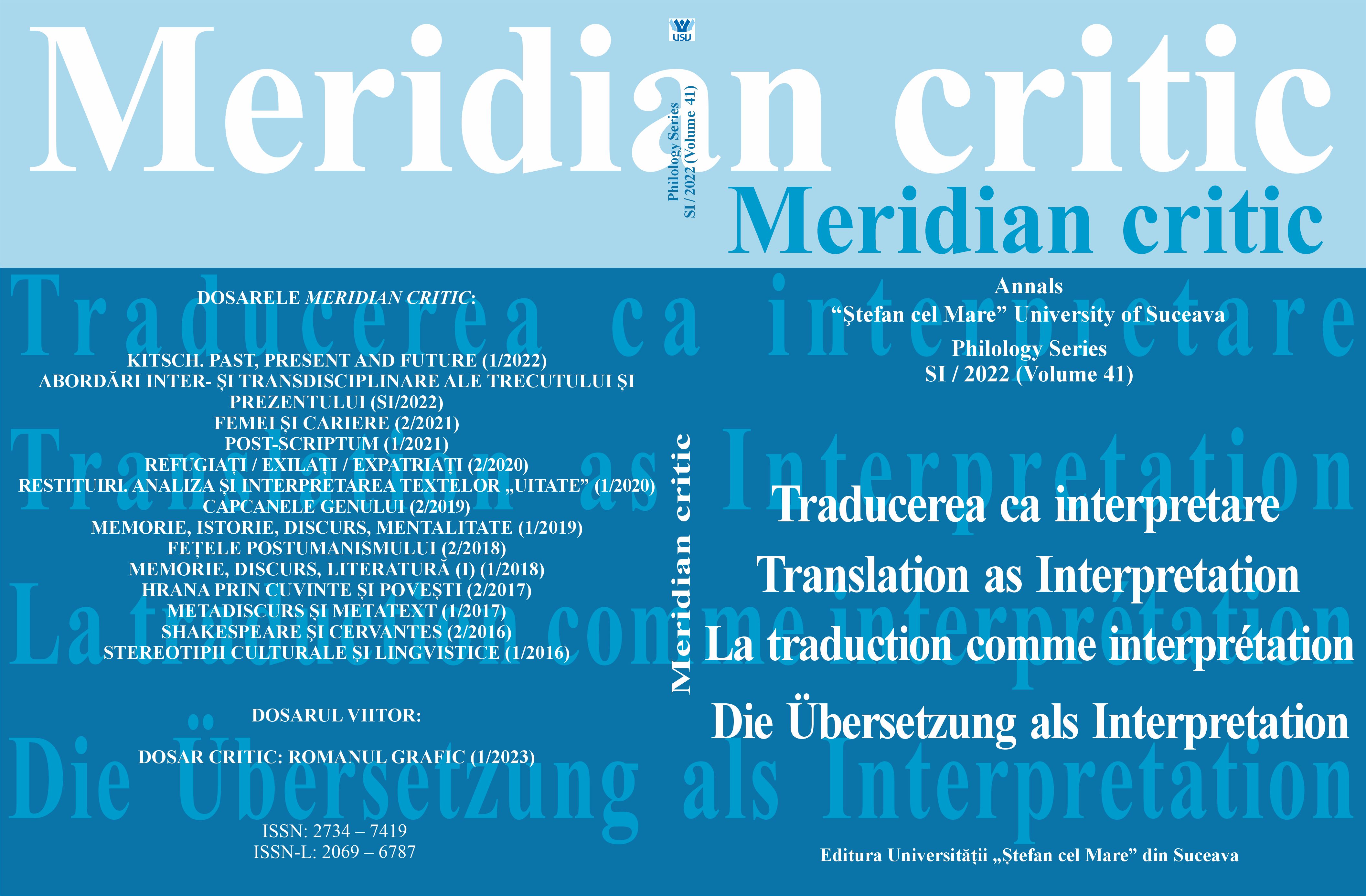
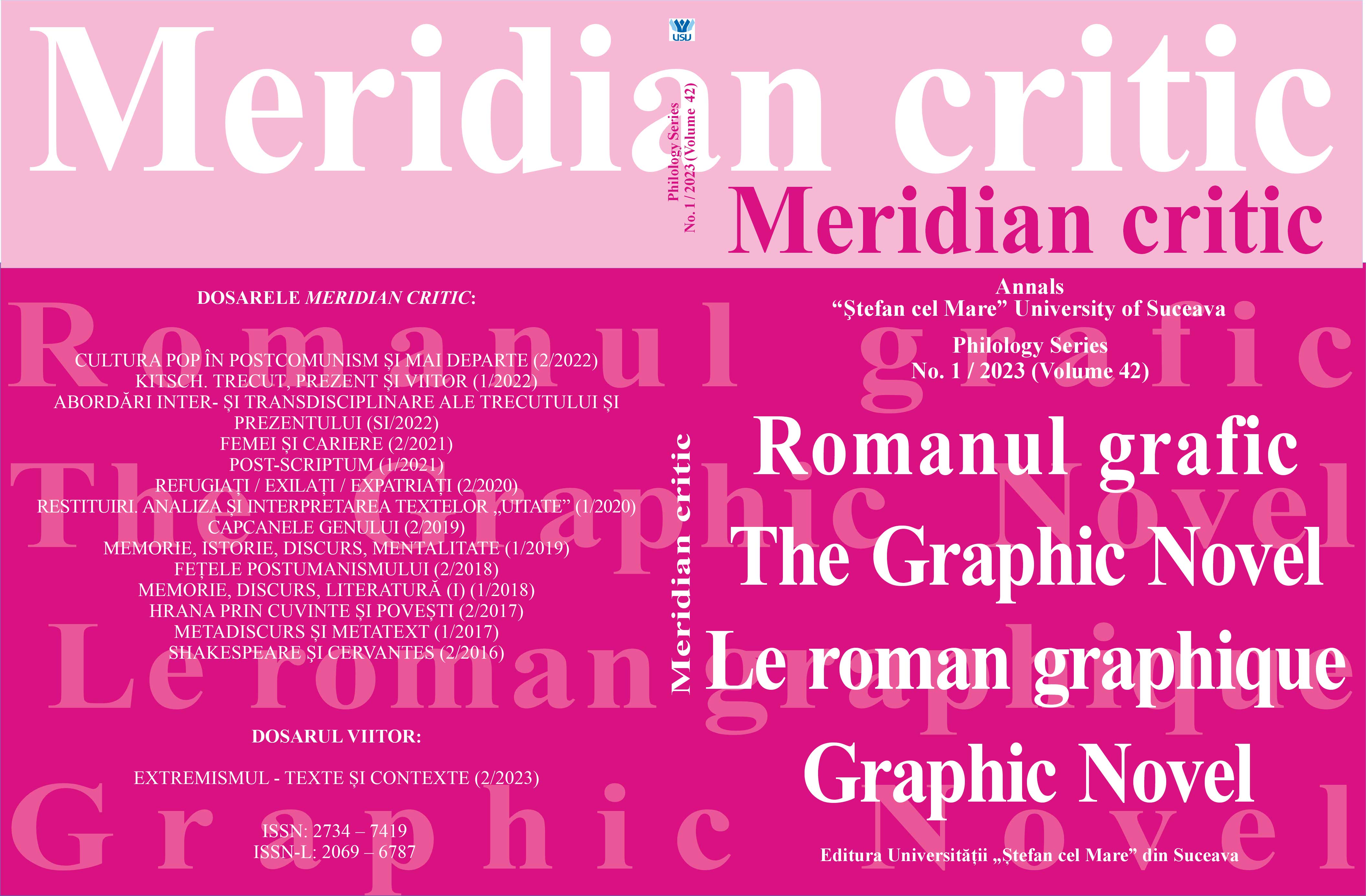
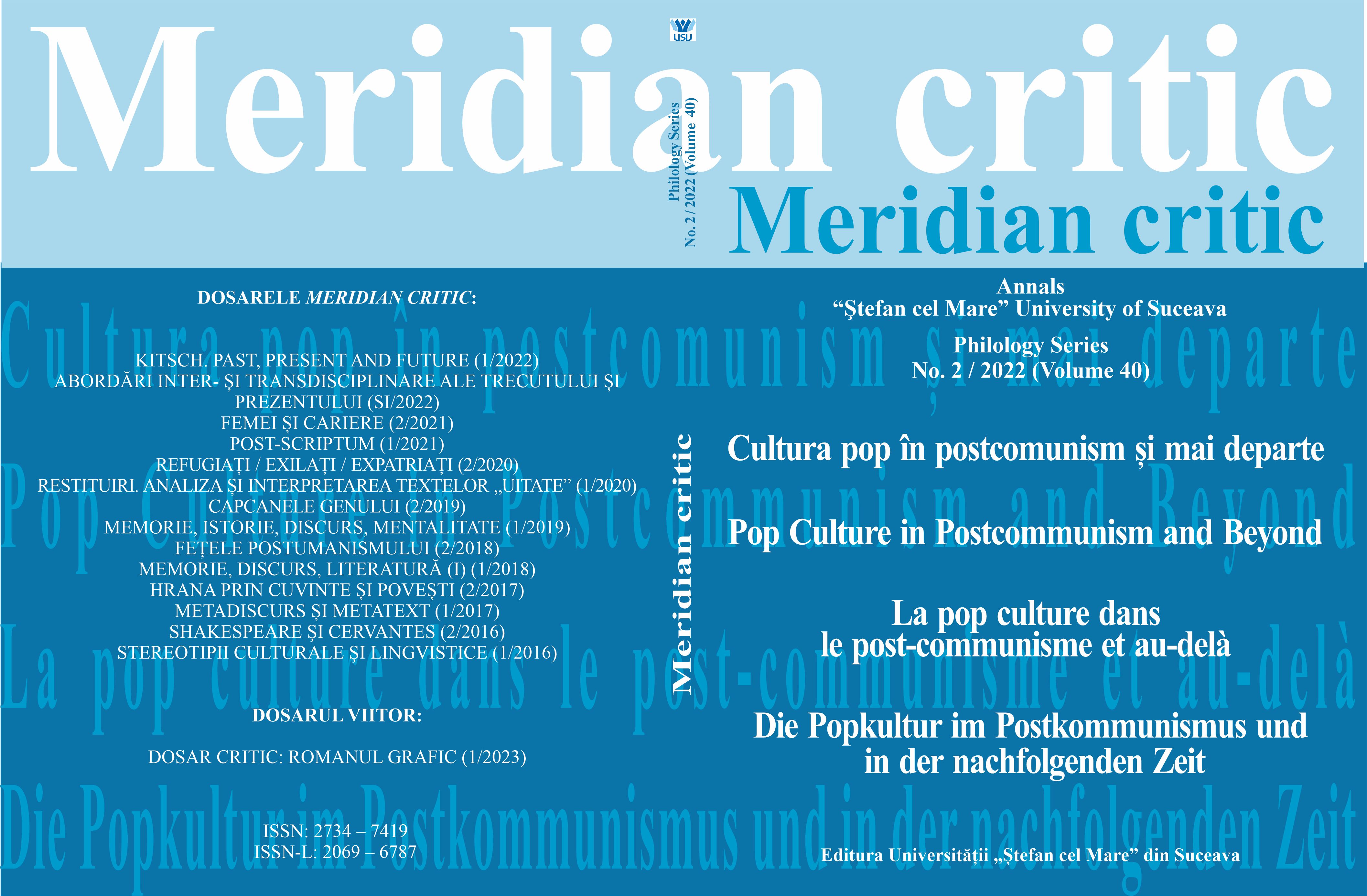
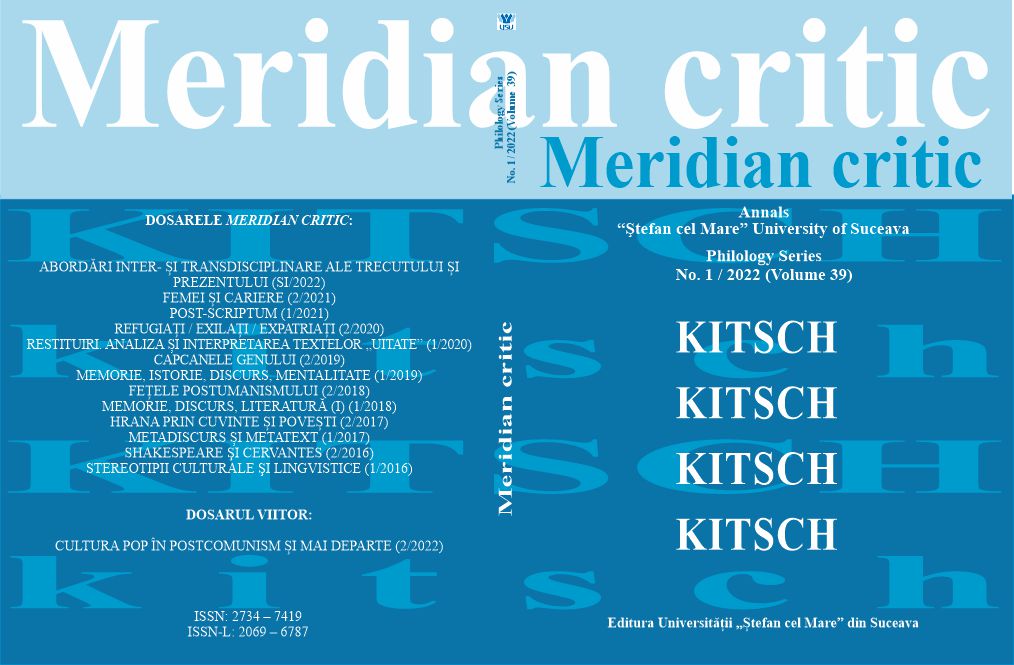
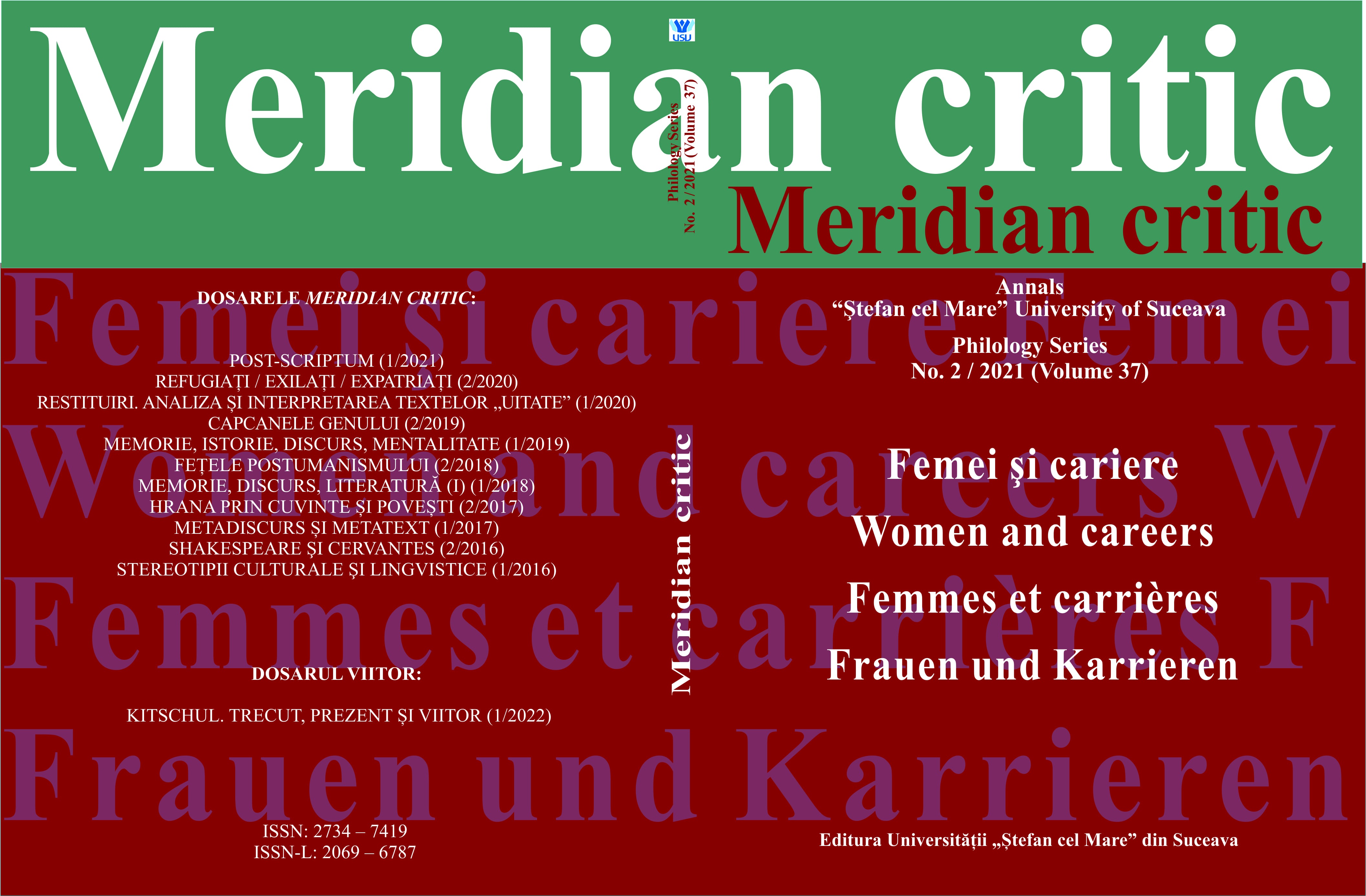
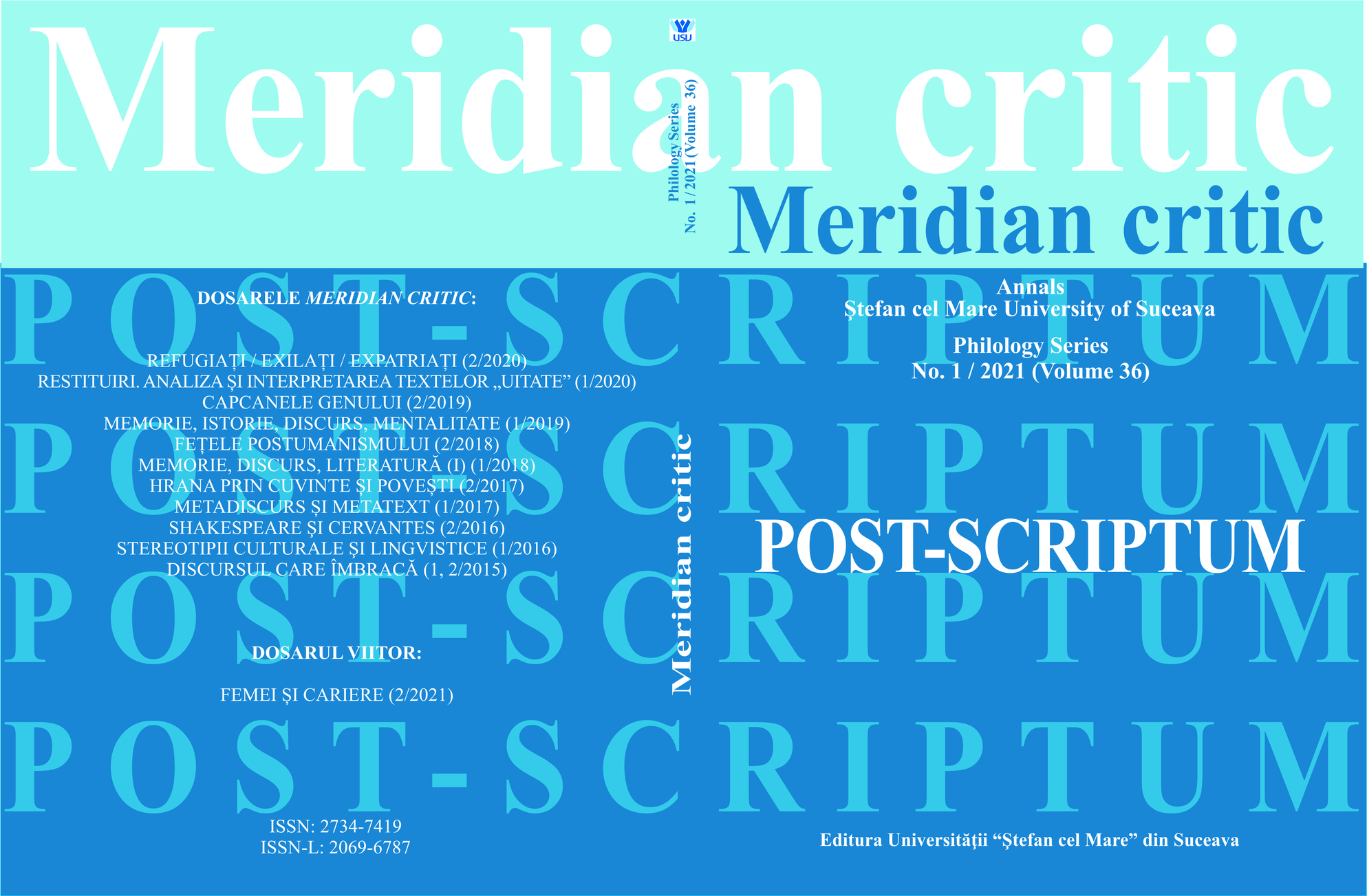
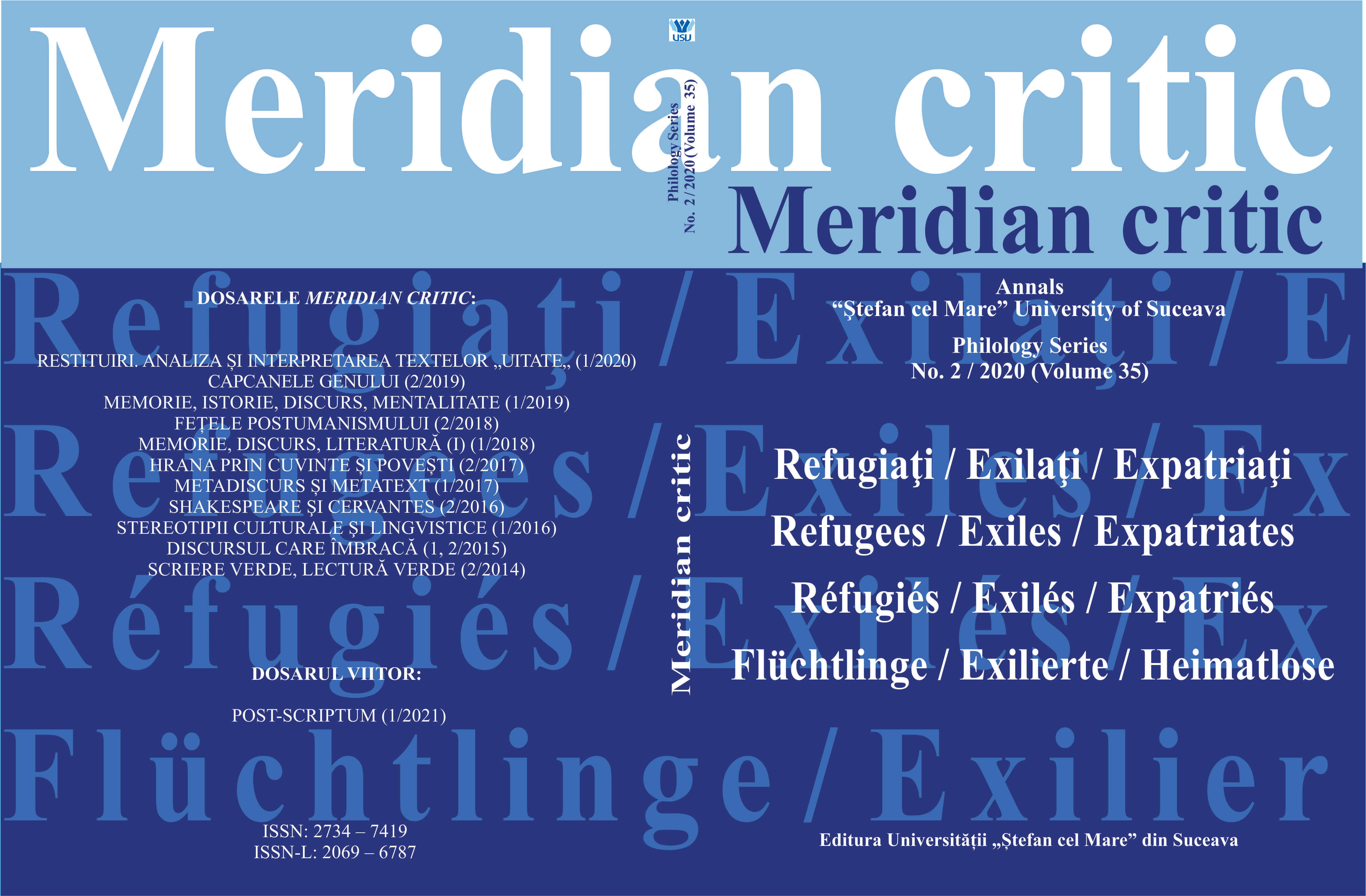
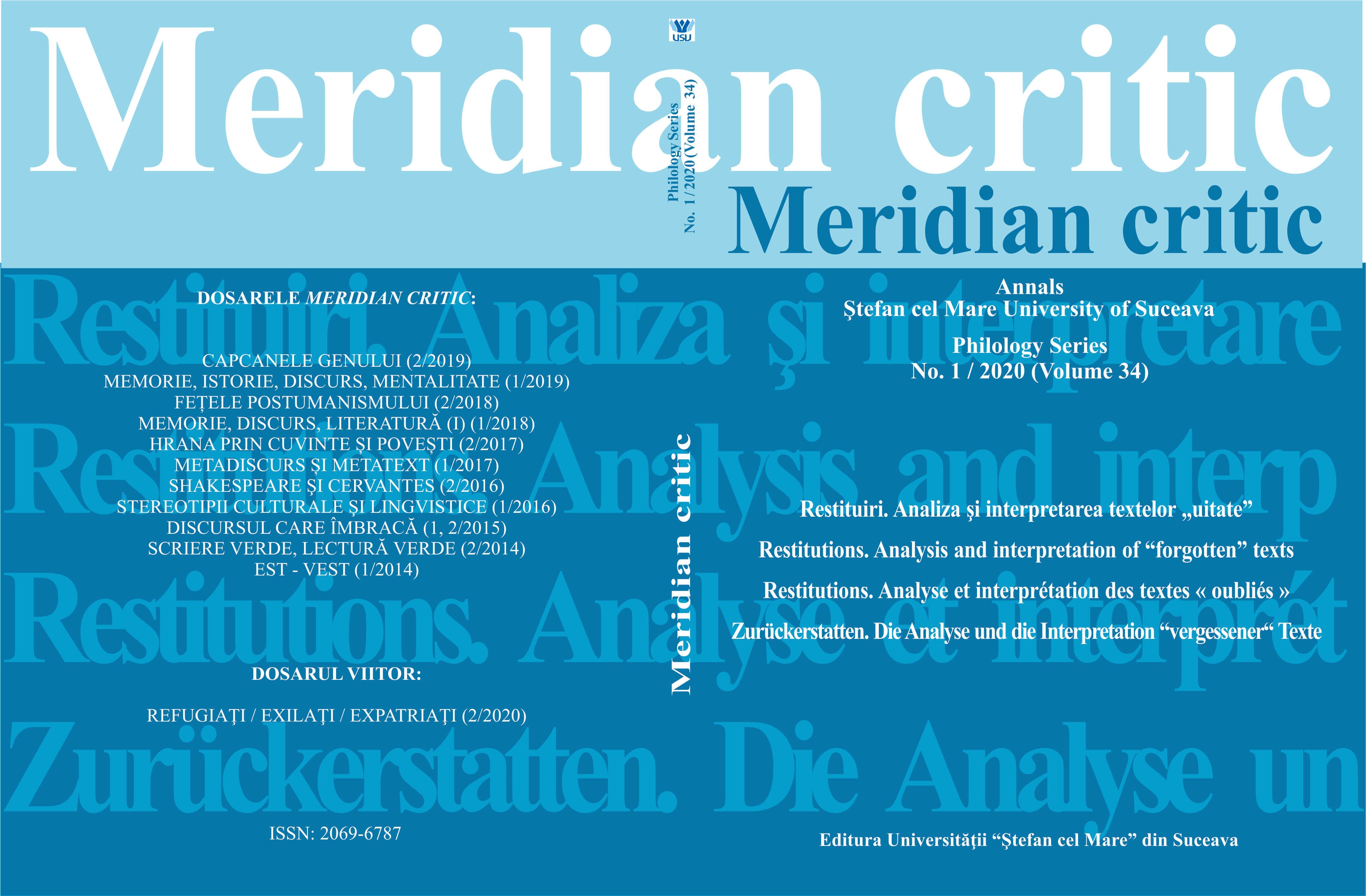

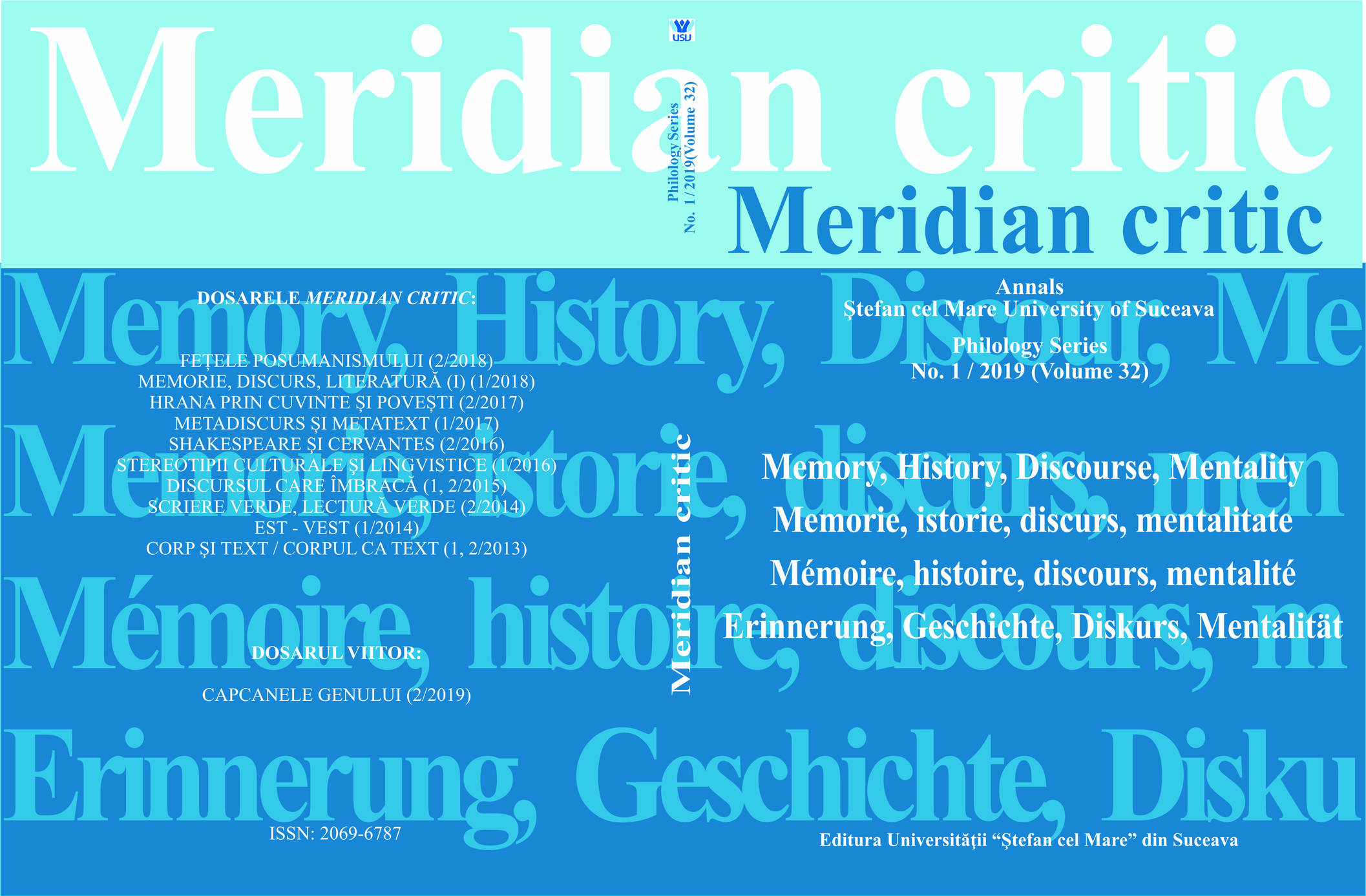
.jpg)
.jpg)
.JPG)
 (3).jpg)
